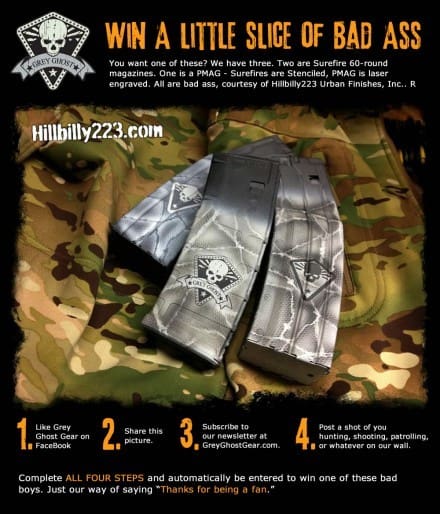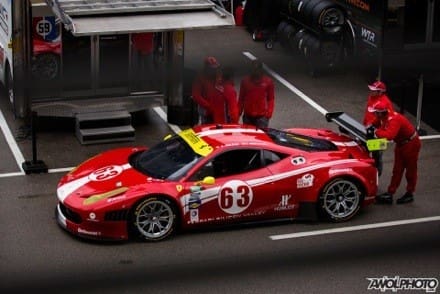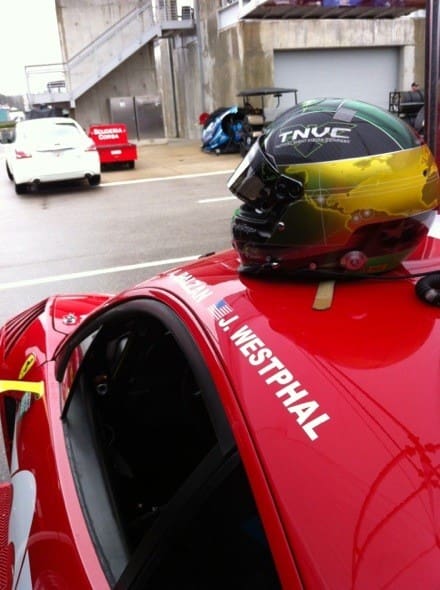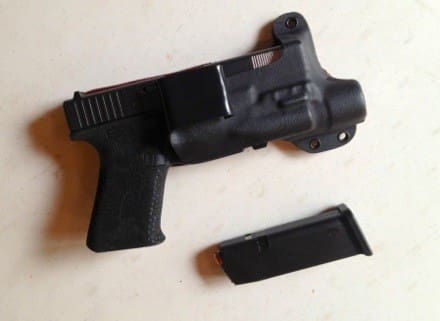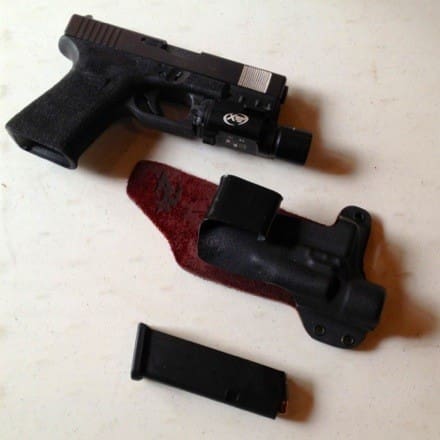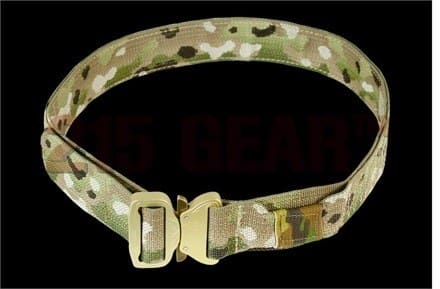Today’s education topic is something that is near and dear to my heart, “Tactical Illumination”. In particular, a technique called strobing. Notice I said technique, not “function”, which is where I’ll digress for a moment to explain something that is, in my opinion, a clear and obvious indication that the finer points of employing white light in a tactical environment are greatly misunderstood by manufacturers and most tactical professionals out there. Now some of you at this point are probably scratching your head and saying, “Brian what the fuck are you talking about?” Well gentleman, go grab a beer from the fridge, crack it open, sit back and I’ll explain.
As I said previously, I’ve had the privilege of training with many leaders and legends in the tactical industry. One such legend and mentor of mine is a man named Dave Maynard. He was one of the founders of the Surefire institute and was basically responsible for giving Surefire a reason to go from a laser business to a light business. I trained and worked side by side with Dave for nearly a decade. He is a man of many talents, but his forte is low light gun fighting. He taught me every trick in the book regarding low light gun fighting and when he had taught me everything he could; I took what he had given me and devised a few more great tricks of my own.
One of the tricks Dave taught me was a technique called strobing. All lighting technique’s effectiveness varies on the amount of environmental light. Strobing works best in near black conditions. To achieve effective strobing you flash the weapon light on and off to create what I call the “techno effect”. I call it this, because if you do it correctly the effect resembles that of a techno club strobe light and is very disorienting. In order to do this correctly you have to flash the weapon light at the proper “Pulse Rate”. If the pulse rate is too fast it severely limits the effectiveness of the technique. If it’s too slow well then you may be distracting the threat but not disorienting him/her. This is where “function” becomes an issue that needs to be addressed.
A lot of tactical light companies out there, whose engineers have probably never even held a gun, let alone shot one, had their marketing team tell them, “Hey lets put an auto strobe feature on our new awesome weapon light”. They thought this was a great innovative idea because they heard the term “strobing” used by an operator or low light instructor and took it for it’s literal meaning. I’m sure what I’m about to say is going to hurt some feelings out there, don’t take it personally, but you fucked up. I know it sucks when someone says that, however even though it sucks it helps us all make corrections and be better at what we do. Now you engineers out there are probably saying, “What the fuck Brian, it took me three years to design and engineer that weapon light!”
I know you put three years of your life and tens of thousands of dollars into that product, but here is a dose of reality for you. I put you guys in the same category as companies that make body armor or other forms of life saving equipment because if their product is poorly designed, manufactured or fails people die. The same is true for weapon lights.
By incorporating an auto strobe feature in your light, all you did was put a feature on a weapon light that makes the shooter think he’s disorienting the bad guys, when in actuality he’s not. In fact, not only does your light fail to disorient the bad guys, it actually makes the shooter easier for the bad guys to see in the dark and kill. The first reason for this is because all auto strobe settings on all the weapon lights I have tested the “Pulse Rate” is too fast, and in some cases not pushing enough lumens to create the “techno effect”. The second reason is most shooters leave the strobe in constant on mode, this causes extreme target fixation and tunnel vision all of which occur naturally in high stress situations but are amplified in dark conditions when the only visual stimuli is acquired through the illumination of your weapon light. This scenario makes them an easy target for additional threats outside their light cone.
My other huge complaint about the existing weapon lights on the market is the double tap feature on the switch that makes the light stay in constant on mode. This feature was a cross over function from IR weapon lasers. “Hey if it’s good for IR it’s good for white light too right?” WRONG!! This feature definitely sucks and will also get someone killed. Remember earlier when I mentioned, “Pulse Rate”? I can’t get the pulse rate correct on my strobe technique if the light gets stuck in constant on mode when I try and actuate the switch quickly. Here’s another little pearl of wisdom, you don’t need to use the constant on feature for hands free illumination from a weapon light. If you are doing something that requires constant white light illumination, like casualty management, or searching prisoners or doing SSE, it’s a job for your hand held, head lamp, or helmet light, not your weapon light.
Your weapon light is for intermittent use only. A fail safe way for me to spot a shooter who hasn’t been properly trained on light employment, is if he or she utilizes what I call, “light on stay on”, switching the light into constant on mode and shooting the drill, or clearing the room or structure, with the light on the whole time. That technique is wrong and will get you killed quicker than a day hike in the Khyber Pass.
If you are a responsible armed citizen or armed professional that works in low light environments regularly and you think that your weapon light is simply to see what you’re shooting at in the dark, you’re gravely mistaken. If you are a weapon light manufacturer please keep in mind you are building a valuable life support tool that can help distract, disorient, and destroy the threat. More importantly, the features of your light and how it is used can mean the difference between someone going home or going to the morgue.
Remember education is the foundation, do you’re research and acquire the knowledge to enhance your level of readiness, and ensure success at the “Moment of Truth”.
Until next time …
Brian Bishop served for 8 years as an active duty Infantry NCO in the United States Marine Corps. After being honorably discharged he served an additional 5 years as a defense contractor in support of DEA and USASOC counter narcotics/FID operations. Brian has completed several combat tours in both Iraq and Afghanistan. He is currently the CEO of Orion Design Group, a leading industry design firm and the chief instructor of Orion Applications, a training group specializing in, weapons and tactics training solutions.


